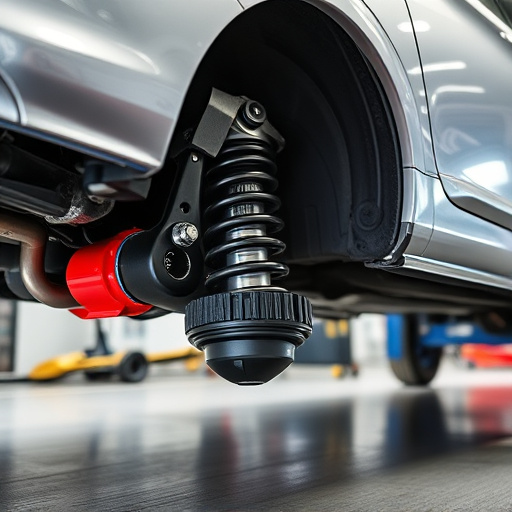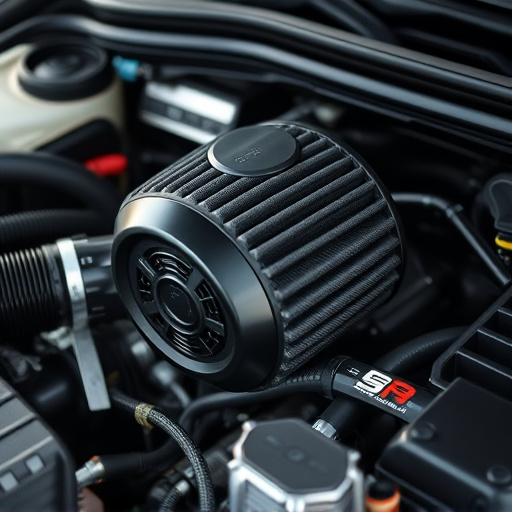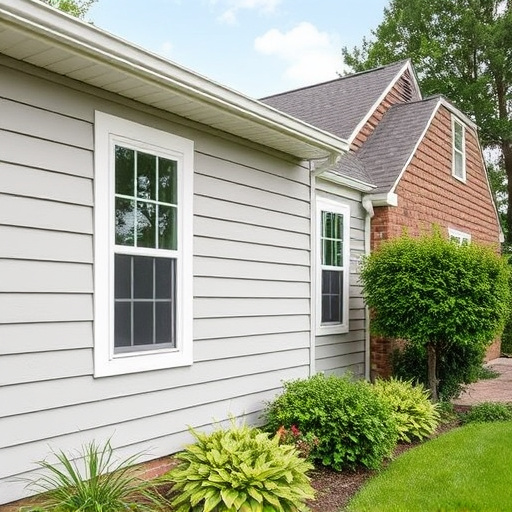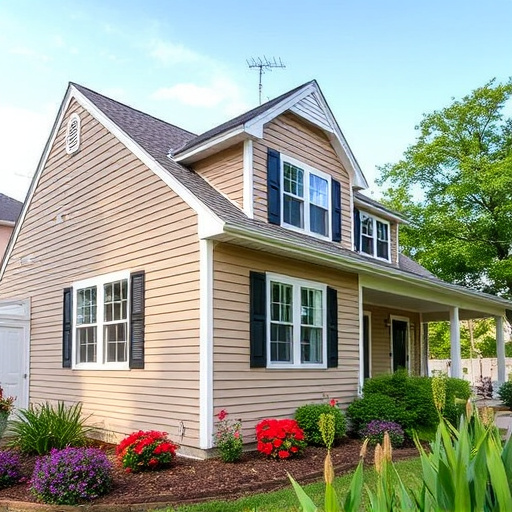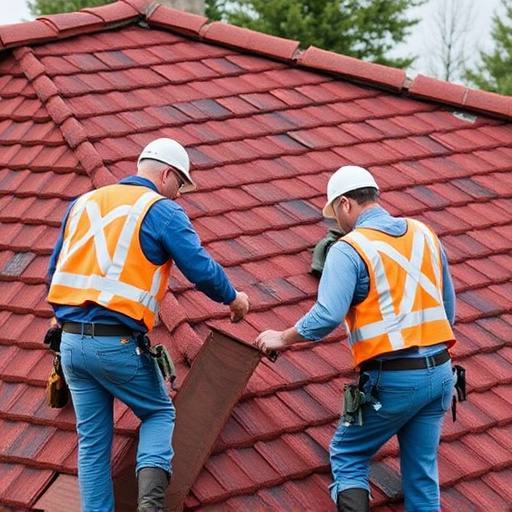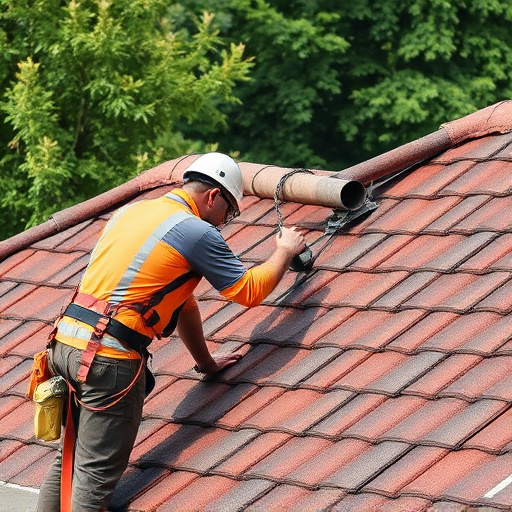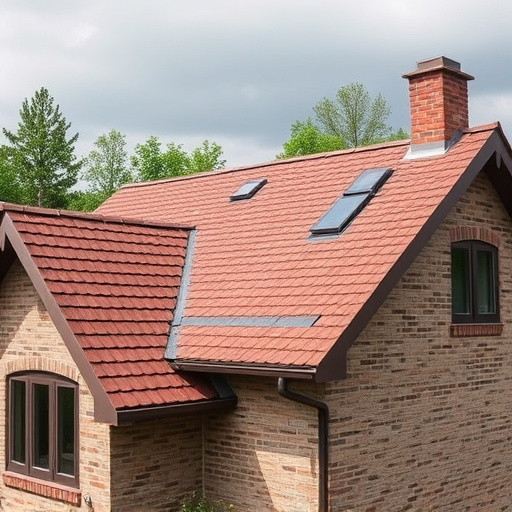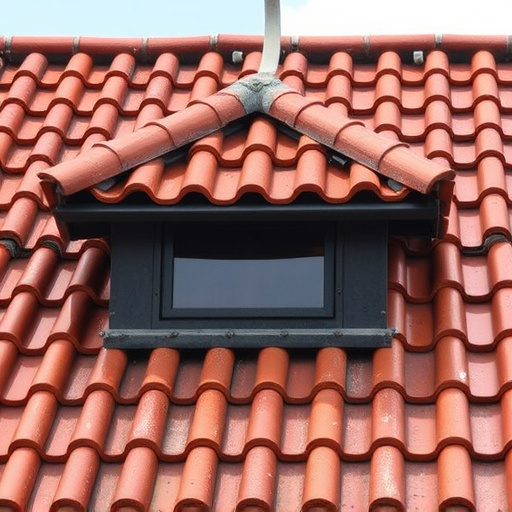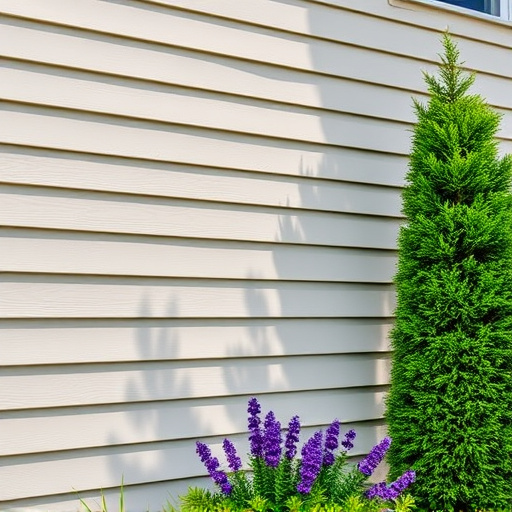Exterior siding isn't just about visual appeal; it's a critical component that enhances home insulation efficiency, reduces energy bills, and increases property longevity by preventing moisture infiltration. High-quality materials like vinyl, fiber cement, or wood siding offer durability, resistance to fading, and excellent insulation, regulating indoor temperatures in extreme climates. For commercial properties, high-performance exterior siding is a smart investment that combines functionality, aesthetics, and long-term savings on roof replacement costs.
Exterior siding isn’t just about aesthetic appeal; it plays a pivotal role in enhancing your home’s insulation. In this article, we explore how the right choice of exterior siding can significantly improve energy efficiency, reduce temperature fluctuations, and lower heating/cooling costs. From understanding the basics of exterior siding to delving into its various types and benefits, this guide offers insights for homeowners seeking to optimize their living spaces. Discover how high-quality exterior siding can act as a protective barrier, maintaining comfortable indoor temperatures year-round.
- Understanding Exterior Siding and Its Role in Insulation
- Benefits of High-Quality Exterior Siding for Your Home
- Types of Exterior Siding and Their Insulation Efficiency
Understanding Exterior Siding and Its Role in Insulation
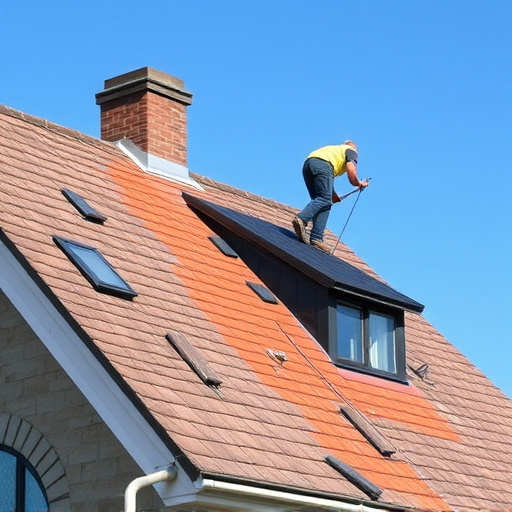
Exterior siding, a vital component of any home’s facade, serves a dual purpose that often goes unnoticed—it significantly contributes to the overall insulation efficiency of your abode. Beyond mere aesthetics, siding acts as a protective barrier against extreme weather conditions. In colder climates, it prevents heat loss by creating an air-tight seal, thus reducing the need for excessive heating. Conversely, in warmer regions, exterior siding helps keep the interior cool by blocking intense sunlight and reducing heat absorption.
This layer of insulation is particularly crucial when combined with roofing and siding services. Professional home exterior services often employ a range of materials, from vinyl to fiber cement, each offering unique energy-saving benefits. By effectively managing temperature regulation, exterior siding plays a key role in achieving optimal indoor comfort while potentially lowering energy bills—a true game-changer for homeowners seeking sustainable living solutions.
Benefits of High-Quality Exterior Siding for Your Home
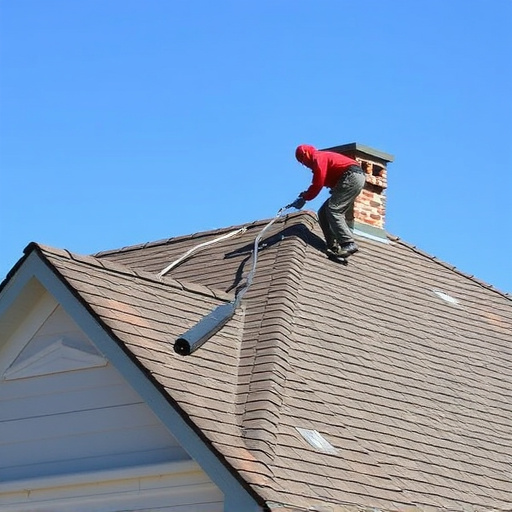
High-quality exterior siding offers a multitude of benefits that go beyond mere aesthetics. It serves as a crucial barrier against the elements, protecting your home from damaging winds, intense sunlight, and harsh winters. By acting as an extra layer of insulation, exterior siding helps regulate indoor temperatures, reducing heating and cooling costs significantly. This is especially beneficial in regions with extreme climates, where homes are subjected to frequent and intense weather conditions.
Moreover, professional-grade exterior siding enhances the longevity of your home. It provides superior protection against moisture infiltration, which can lead to rot, mold, and other structural issues. High-quality materials like vinyl, fiber cement, or wood siding offer excellent durability and resistance to fading, chipping, or cracking. Not only does this ensure the structural integrity of your property but also maintains its curb appeal over time. For commercial properties or businesses looking for robust solutions, high-performance exterior siding is a smart investment that combines functionality, aesthetics, and long-term savings on roof replacement costs.
Types of Exterior Siding and Their Insulation Efficiency
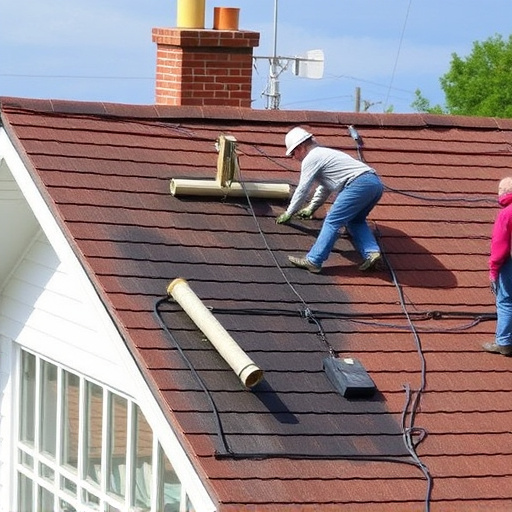
Exterior siding isn’t just about aesthetics; it plays a significant role in your home’s insulation efficiency. The type of exterior siding you choose can greatly impact how well your home retains or releases heat, directly affecting energy costs and comfort levels. For instance, vinyl siding is a popular choice among homeowners due to its affordability, low maintenance, and excellent insulation properties. It forms a tight barrier against weather elements, helping to keep interior temperatures stable.
On the other hand, fiber cement siding is renowned for its durability and long-lasting insulation benefits. This material is especially effective in regulating indoor temperatures because of its high density and resistance to moisture penetration. For commercial roofing and residential roofing applications alike, siding services often recommend fiber cement due to its versatility and ability to provide consistent insulation over time. Other options like wood siding offer natural beauty but may require more maintenance, while metal siding excels in areas prone to harsh weather conditions, ensuring your home stays protected and energy-efficient.
Exterior siding isn’t just about aesthetics; it plays a significant role in enhancing your home’s insulation. By understanding the various types and their efficiency, you can make informed choices to improve energy efficiency and reduce heating/cooling costs. High-quality exterior siding acts as a protective barrier, sealing out moisture and extreme temperatures, ultimately making your home more comfortable and sustainable. Invest in quality siding, and you’ll reap the benefits of better insulation for years to come.
